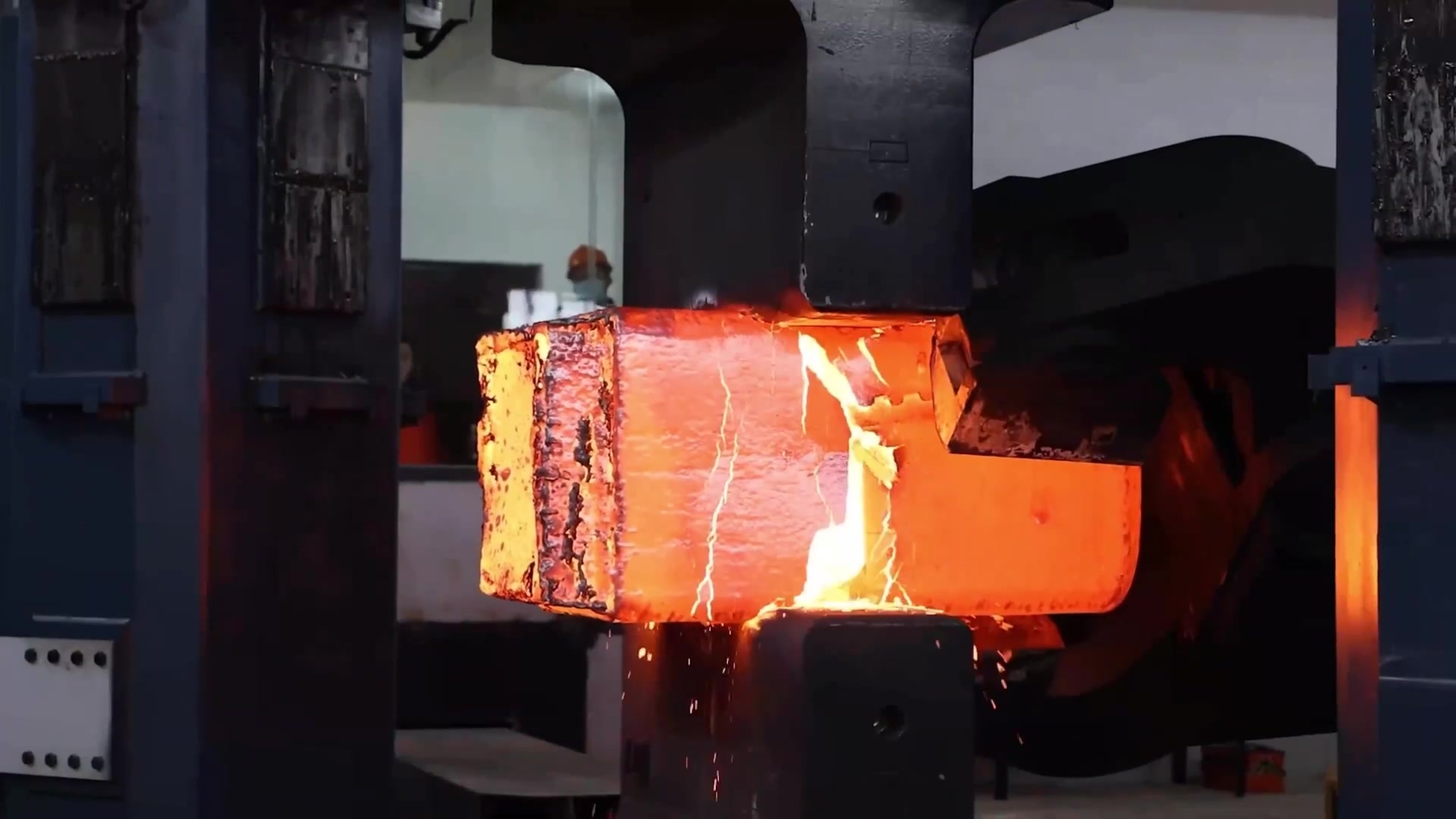03
2025
-
04
Types and Applications of Flanges
A flange is a connecting device widely used in the connection of various pipes, containers, valves, and other equipment.
A flange is a connecting device widely used in the connection of various pipes, containers, valves, and other equipment. Depending on different needs and characteristics, there are many types of flanges. The following will detail the types and applications of flanges.
I. Types of Flanges
1. Butt Weld Flange:
* Definition: A butt weld flange is a flange connected to a pipe by welding.
* Features: Relatively inexpensive, suitable for low-pressure pipe connections.
* Material: Usually carbon steel, stainless steel, etc.
2. Weld Neck Flange:
* Definition: A weld neck flange has a relatively high neck and is connected to the pipe by butt welding.
* Features: Suitable for higher pressure pipe connections, higher strength.
* Application: High-pressure fields such as petroleum and petrochemicals.
3. Threaded Flange:
* Definition: Connected to the pipe via threads, no welding required.
* Features: Easy to install, suitable for small-diameter pipes.
* Application: Mechanical equipment, instrumentation, etc.
4. Blind Flange:
* Definition: Used to seal the port of a pipe or equipment.
* Features: Simple structure, good sealing.
* Application: Widely used in petroleum, chemical, pharmaceutical, and other industries.
5. Other special flanges: such as square flanges, weld neck ring flanges, etc., used for special equipment and occasions.
II. Application Areas
1. Oil and Gas Industry: Weld neck flanges and butt weld flanges are used for pipe connections to withstand high pressure.
2. Chemical Industry: Various flanges are widely used in the connection of reactors, heat exchangers, storage tanks, and other equipment.
3. Power Industry: Flanges connect valves and pipes to ensure the safe operation of power plants.
4. Shipbuilding Industry: Threaded flanges and blind flanges are used in ship piping systems.
5. Construction and Water Conservancy: Used in the pipe connections of water supply, drainage, and fire protection systems.
6. Machinery and Instrumentation: Small threaded flanges are widely used in the connection of various equipment and instruments.
7. Pharmaceutical and Food Industry: Blind flanges and other equipment are used to seal and connect pipes to ensure product hygiene and safety.
In summary, as an important connecting device, flanges are widely used in various fields. Different types of flanges have different characteristics and advantages. Choosing the right type of flange according to the specific needs and application is very important.
Jinbo Forging Dingxiang Flange
Related information
2025-04-03
Introduction to flange pipe plate, come and collect it!
Flange plates, as important connecting pieces, are widely used in various piping systems.
2025-04-03
Manufacturing process of spindle forging
Spindle forgings are one of the key components in mechanical equipment, and their manufacturing process requires strict procedures to ensure quality.
2025-04-03
Types and Applications of Flanges
A flange is a connecting device widely used in the connection of various pipes, containers, valves, and other equipment.
2025-04-03
Working principle of carbon steel flanges
Carbon steel flanges are connecting devices widely used in piping systems and other industrial fields. Their working principle is based on mechanical connection and sealing principles, ensuring efficient and safe system operation.
2025-04-03
What improvements should be made in the production process of forgings?
The production process of forgings is a complex process involving multiple stages. To ensure product quality and production efficiency, a series of improvements are necessary.
2025-04-03
What is the cold bending process flow?
Cold bending is a metal sheet bending process widely used in construction, machinery, transportation and other fields.



